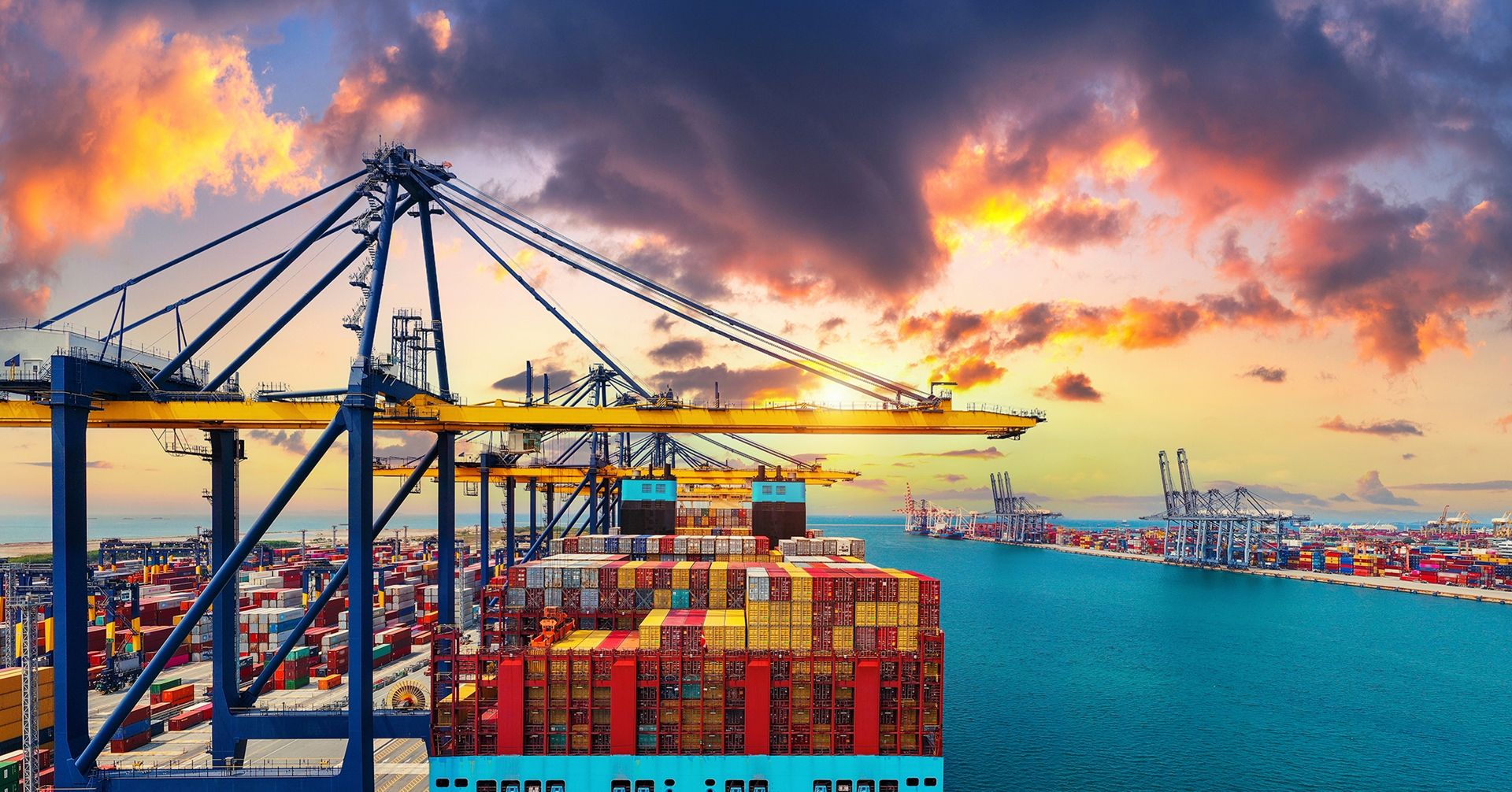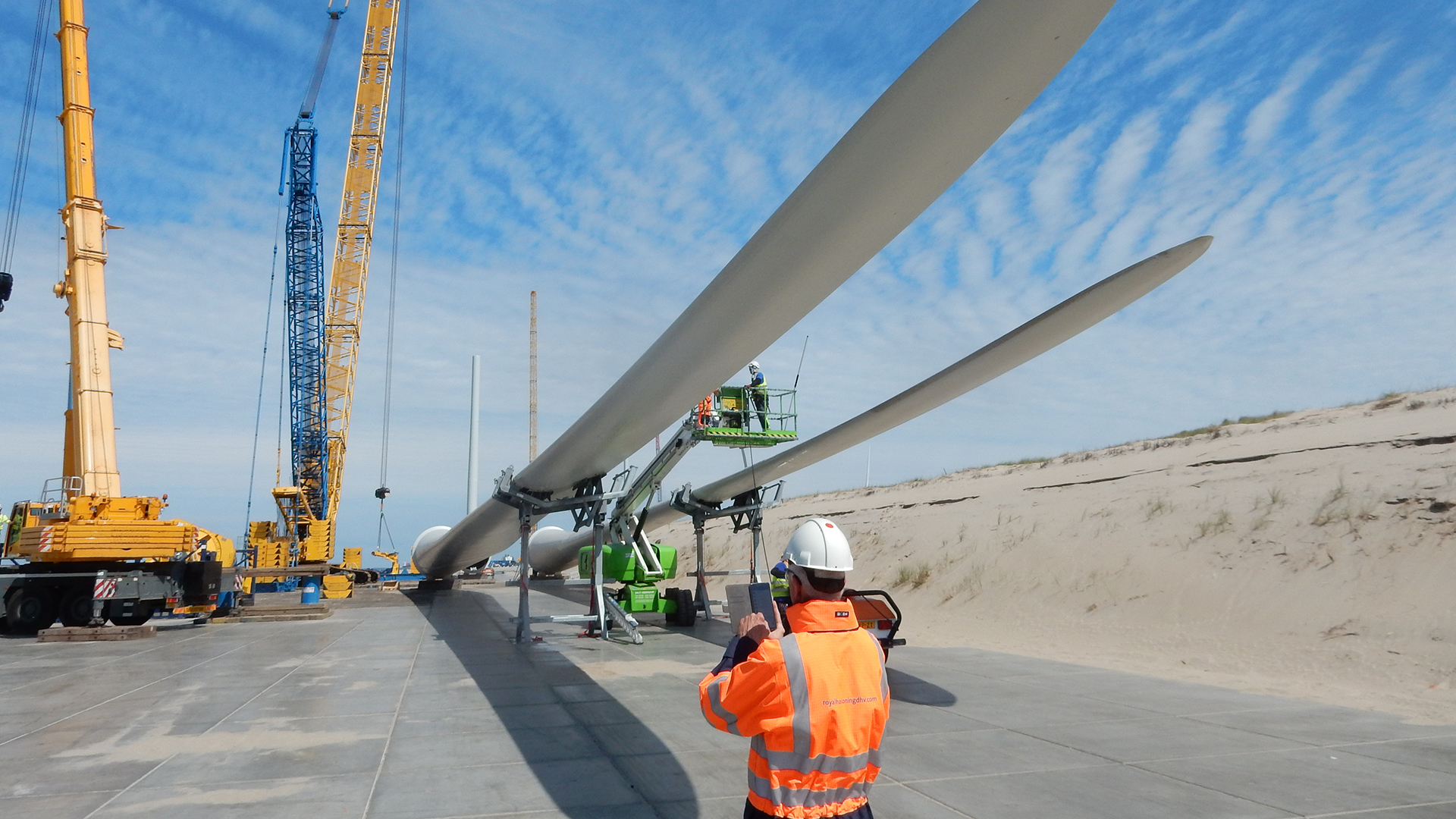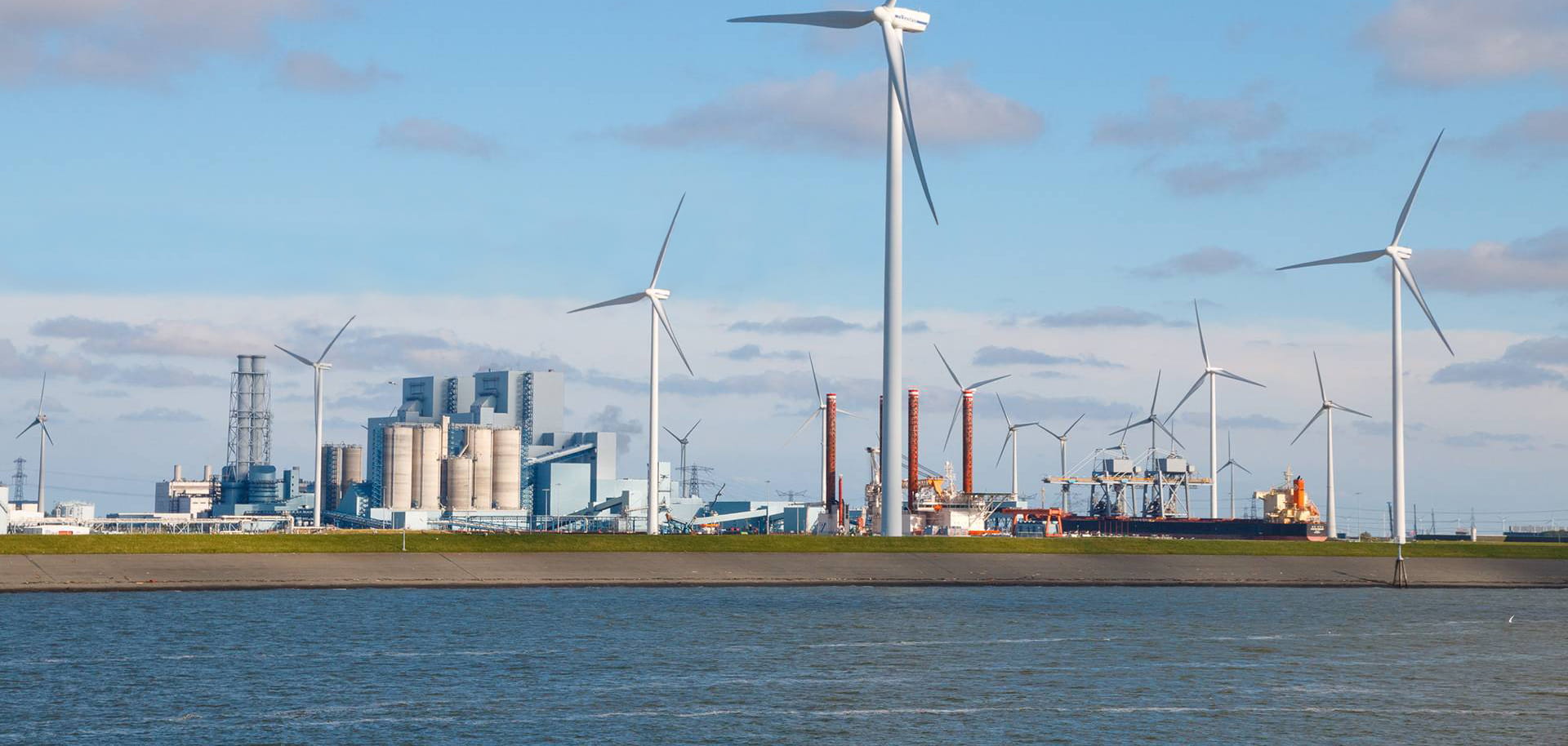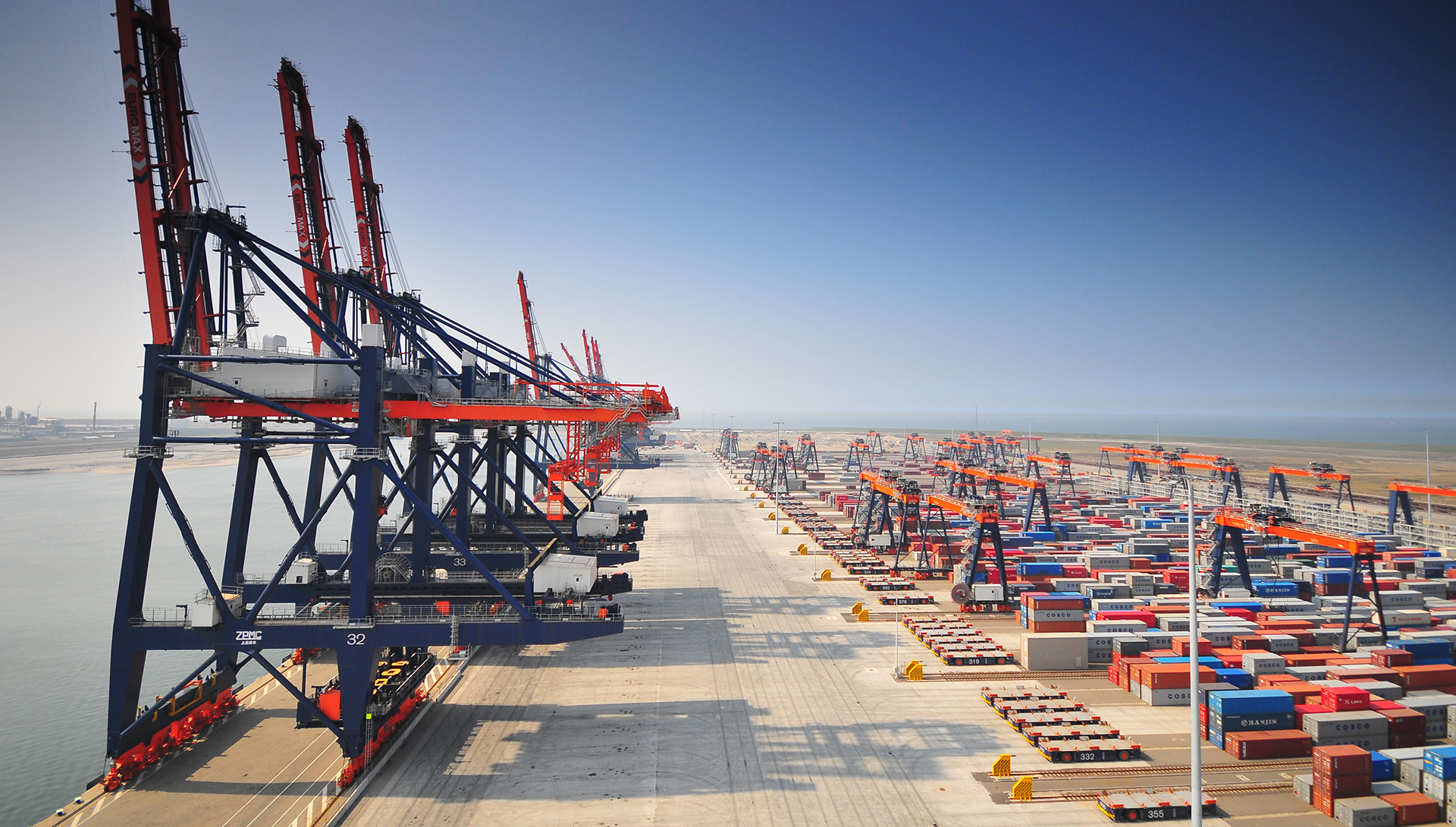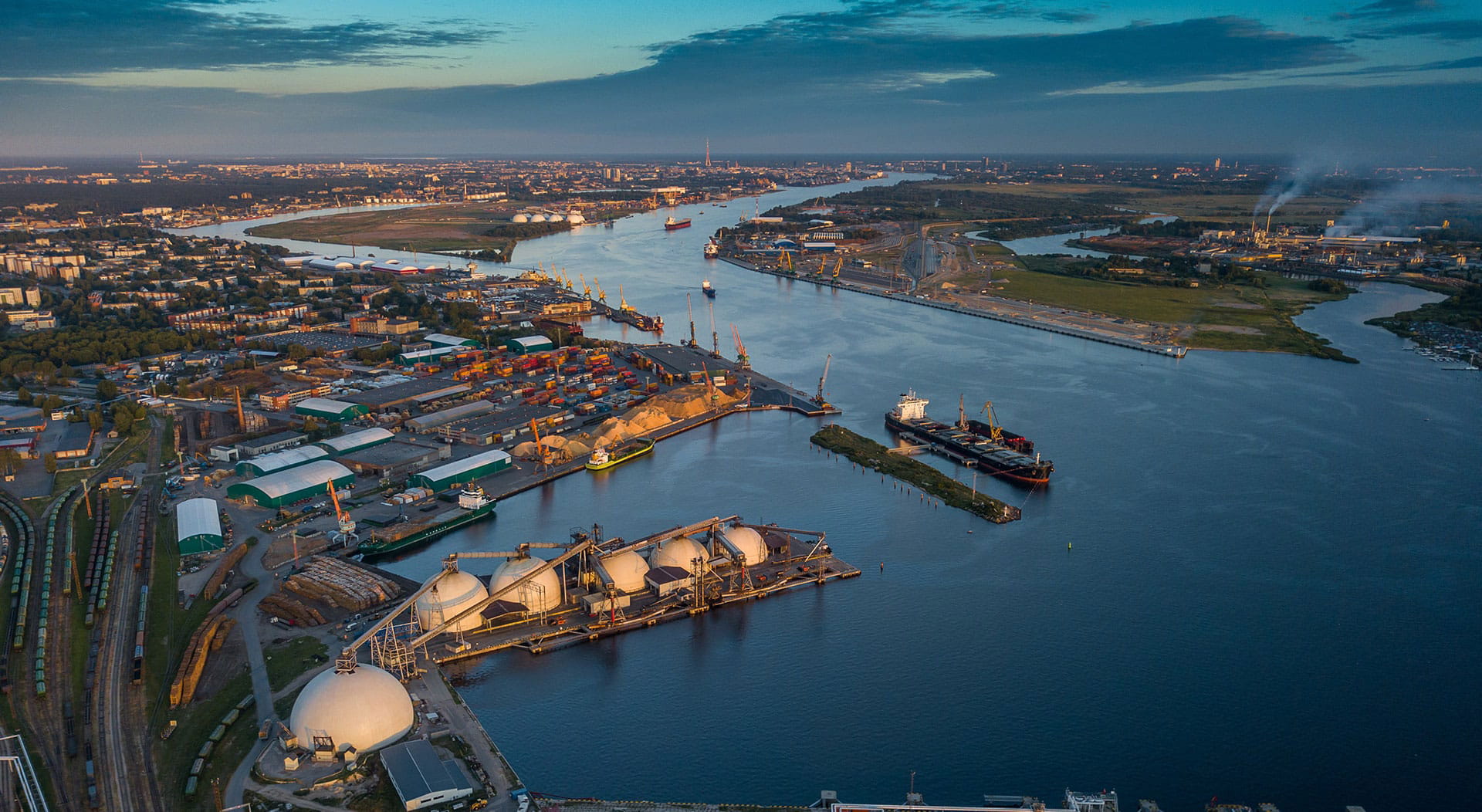Changing how ports use energy
The role of energy transition in creating greener, smarter ports
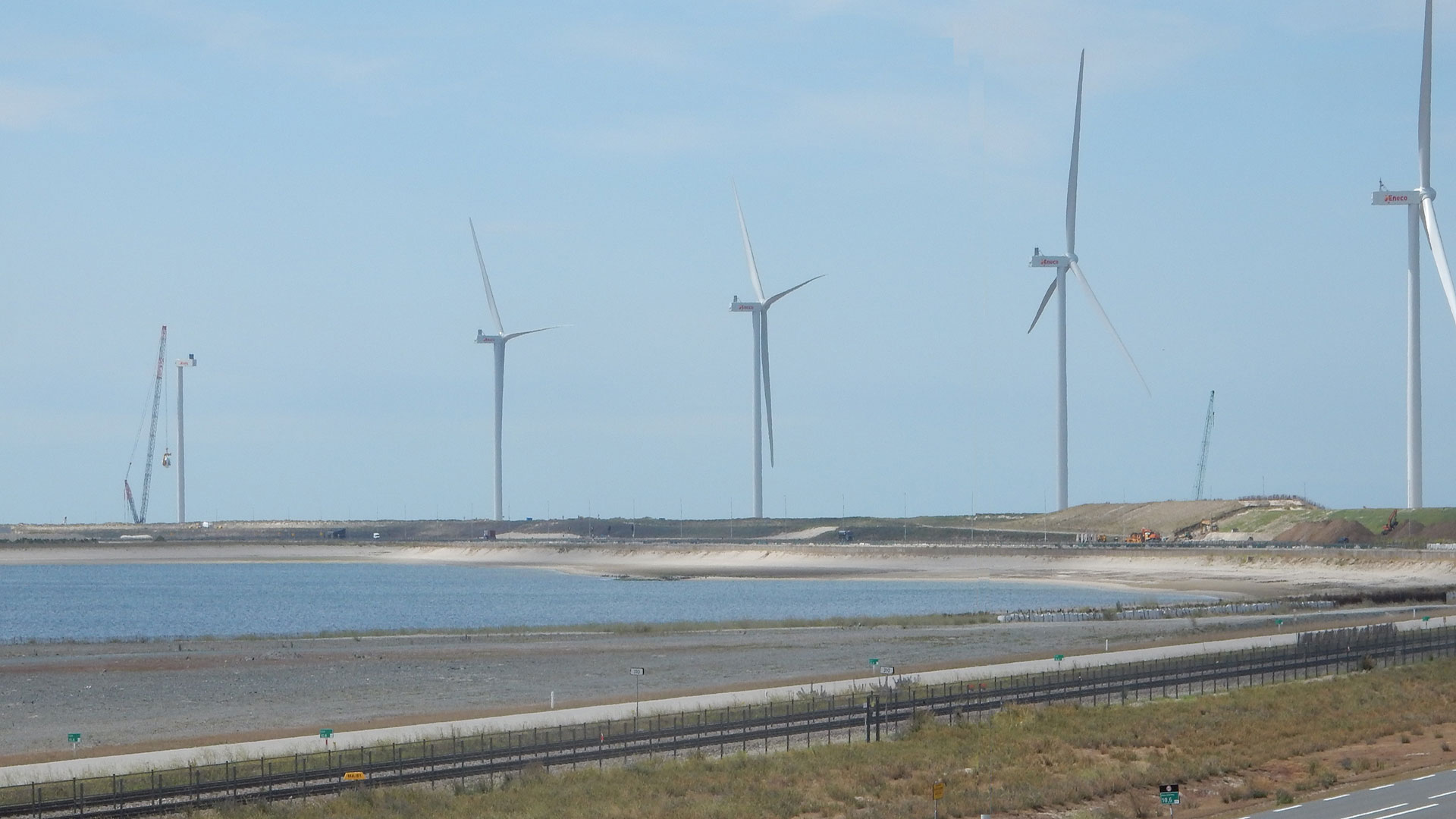
Alex Ruijs, Senior Consultant of Electrical Power and Energy at Royal HaskoningDHV, was recently invited to speak at GreenPort Congress and Cruise. Alex presented “an integral view on green energy for ports and marine applications” – exploring how to save energy and best use renewable energy in ports.
Read on to discover the specialist knowledge shared in his presentation, and discover the different measures that can be used to make ports more sustainable and economically secure in the future.
Read on to discover the specialist knowledge shared in his presentation, and discover the different measures that can be used to make ports more sustainable and economically secure in the future.
Unique Selling Point
Initial investment and energy storage requirements can slow the process
Ports can be ideal locations for large-scale energy transition initiatives
Renewable energy generation can create new opportunities for ports
Energy transition for greener ports
Ports consume energy themselves, deliver it to ships and are gateways for energy carriers to be distributed inland – it’s intrinsic to a port’s operations. Therefore, to make ports greener, reducing consumption of fossil fuels and shifting focus to renewable energy is vital.And it’s not just about protecting the environment and meeting new environmental regulations and legislation; energy transition also has economic benefits. Worldwide, energy prices are rising. This means an increase in port costs – and it shows how volatile the price of conventional energy can be.
One of the major advantages of renewable energy is its long-term fixed energy price. Where the cost of fossil fuels – as a finite resource – might continue to increase as we use more, renewable energy sources like wind and solar will never run out.
Cost prices of renewable energy from wind and solar depend on local circumstances such as sun intensity, average wind speed, and availability of free space. However, once these circumstances are known the cost price per MWh can be predicted very accurately over the entire expected lifetime of a project.
The challenges slowing the process
In theory, the energy transition process should be a simple one; for example, there’s enough daily solar radiation alone to meet the worlds’ total energy consumption a thousand times over. However, there are three main challenges slowing the process down.Investment costs
Initial investment in new infrastructure and renewable energy generation systems can be high. But after initial set up, operational costs are significantly lower than for conventional energy – mainly due to the lack of fuel costs.Spatial impact
Renewable power systems require large surfaces to capture enough solar or wind. This takes up space and can be an inconvenience to people living close by.Energy storage and transportation
Renewable energy is generated at the time and location that the energy source – be that the sun or wind – is available. But this doesn’t always match demand. It’s, therefore, vital to have technologies in place for storing this energy and transporting it across large distances.In spite of these challenges, global renewable power generation is rapidly increasing and better, more cost-effective storage systems are being developed. This will both stimulate renewable energy use in the local area around generation sites and make it easier to transport. And ports are a huge part of this evolution.
Improve current port operations
Changing the type of energy you use in your ports can keep costs down and help you meet climate-related regulations.Alternative energies for mobile equipment
In many cases mobile port equipment – used in loading and unloading, and for internal transportation within port boundaries – is powered by diesel. This is due to it historically being the only feasible method to provide sufficient power.However, technological advances are creating practical alternatives such as battery electrification, hydrogen, and liquid renewable energy carriers like methanol. Using hydrogen and hydrogen-based energy carriers isn’t currently a common practice due to higher cost and lower efficiency. But continued developments may change this in the future.
Battery electrification systems, however, are becoming more widely available as standard products. So the main barrier to these systems is how and where to charge the batteries themselves. For this, there are two main options.
Normal charging uses long idle periods to recharge batteries – overnight, for example – charging from 20% to 80% in approximately 4-8 hours. This method is good for batteries’ lifetimes and requires less grid power capacity, making it cost effective.
Fast charging will deliver the same amount of charge in approximately half an hour. However, it requires specific DC charging equipment and reduces the lifetime of batteries faster.
By using exchangeable batteries, one can be used to keep equipment operating while another battery is charging – delivering the advantages of normal charging without losing operation time. But this requires more batteries and additional equipment to exchange them efficiently.
Using renewable energy for fixed equipment
It’s common practice to use electricity to power port equipment that’s in a fixed position or has limited movement. But renewable energy generation and consumption don’t always match, so without energy storage systems, using locally generated renewable energy to power this equipment isn’t yet feasible.In some cases grid operators will deduct generated renewable energy from consumed energy which can be very cost effective to ports. When grid operators don’t allow for this deduction, renewable energy can be stored in batteries. However this is more costly, and their lifetime is limited.
Cold Ironing
Besides port equipment, ships can also use more renewable energy. With Cold Ironing, ships’ on-board diesel generators are switched off while the ship is in port and on-board systems that require continuous power use electricity supplied by the port itself. This practice is becoming increasingly common worldwide.Shore power can also be used to charge batteries aboard the ship which can be used for short distance voyages. And when batteries aren’t an option to power ships, clean fuels like methanol can be a good alternative to fossil fuels.
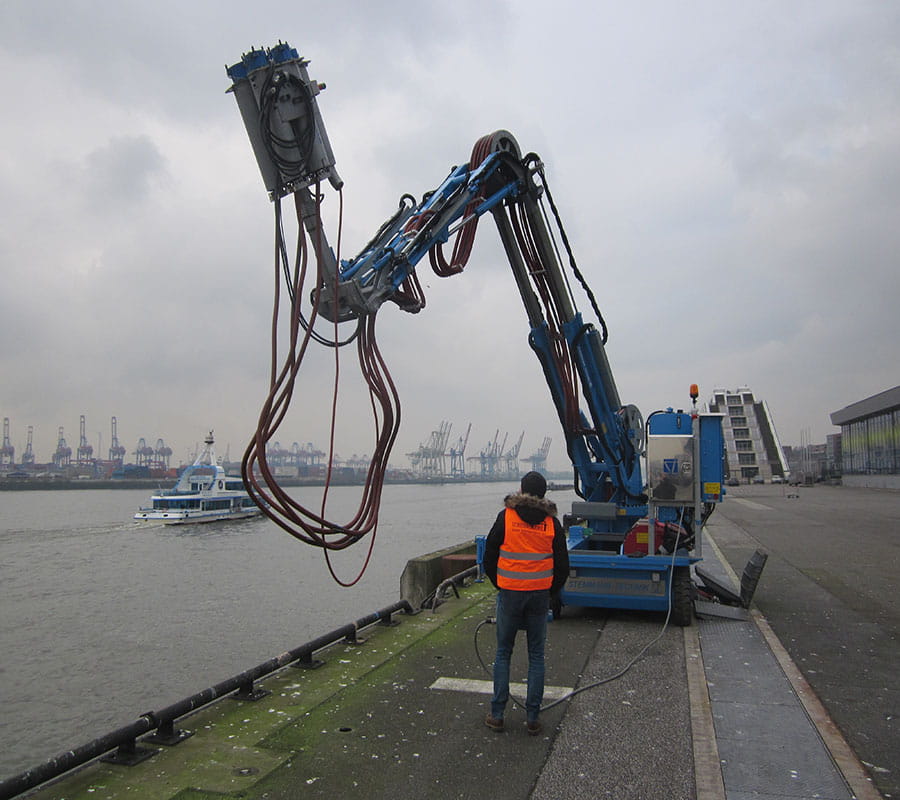
Generate new business opportunities
As well as improving current port processes, energy transition also provides opportunities to create new revenue from using port sites to generate renewable energy.Building new offshore windfarms requires transportation for the turbines and extensive electrical installation works. This provides a unique opportunity for ports to facilitate these works and benefit from their role in them.
And, although the development of hydrogen-based carriers is still uncertain, transportation of renewable hydrogen can become a new business for ports. Hydrogen transportation is technically challenging due to the low temperature requirements – and safety risks need to be taken into account.

Changing the type of energy you use in your ports can keep costs down and help you meet climate related regulations.
